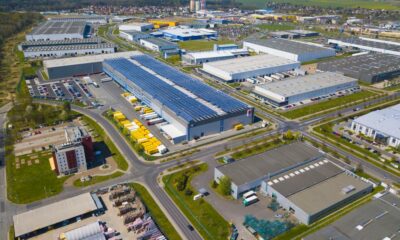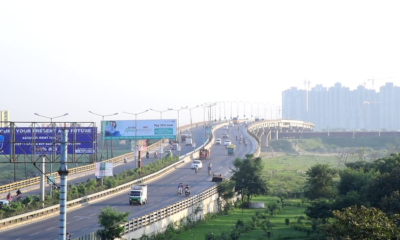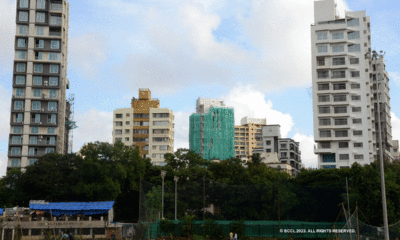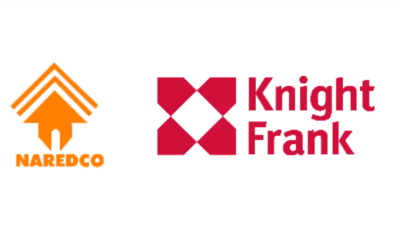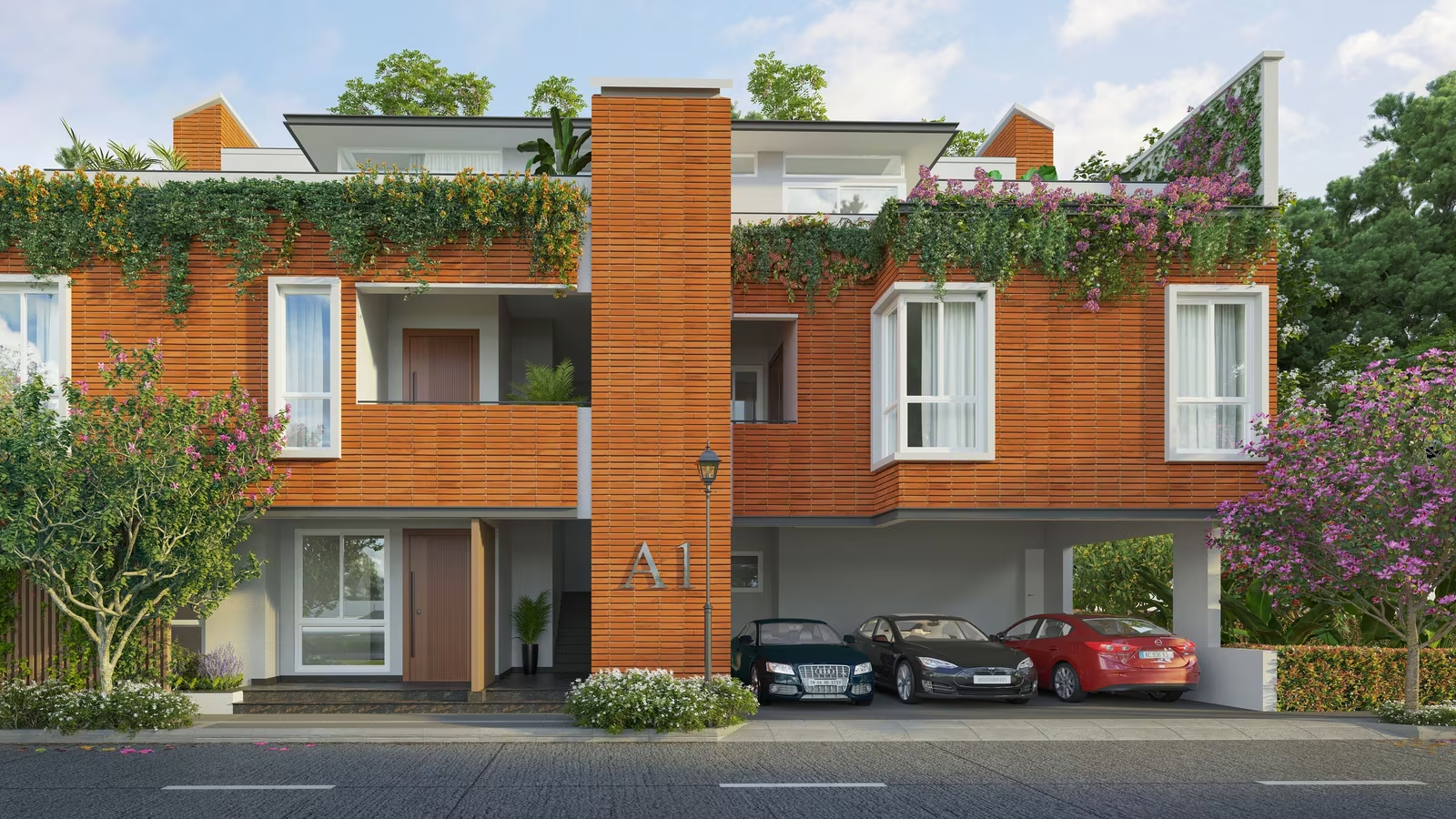Report
NCR warehousing market report 2016: Knight Frank
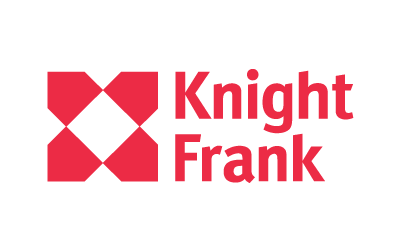

Knight Frank India released the NCR Warehousing Market Report 2016 today. The report provides an over view of the warehousing space requirement across the major clusters of NCR viz. NH-8 and Ghaziabad. The report also delves into the major demand drivers of warehousing space, prevailing land and rental values, infrastructure projects, challenges and feasibility of such development within NCR.
Key Takeaways:
• NCR’s total requirement for warehousing space is estimated to be 223 mnsqft (as of April 2016)
• Manufacturing sector contributes to more than 80 per cent (187 mnsqft) of the total space requirement whilethe remaining 20 per cent (36 mnsqft)of the demand comes fromretail (consumption) sector
• At 16 mnsqft, apparel, sportswear and footwear categories account for the largest share (43 per cent) in demand for warehousing space within the retail sector
• E-tail emerges as the major driver for warehousing space; demand to increase by 60 per cent to 8 mn sqft by 2020
• Nearly 50 per cent of NCR’s current warehousing requirement comes from three industries – automobile, cement and food processing
• 80 per cent of NCR’s total warehousing requirement is catered to by the NH-8 and Ghaziabad warehousing clusters
• Investors can fetch a return of maximum 16 per p.a. in the NH-8 warehousing cluster; however, the returns in Ghaziabad cluster can go up to 18 per cent p.a.
• Since the escalating land rates are rendering the existing NH-8 cluster non feasible for new development, the NH-71 stretch between Rewari and Jhajjar offers an opportunity for future development
Total requirement for warehousing space in NCR
Note l: The warehousing space requirement mentioned in the chart above is the total space requirement (estimated warehouse stock) as of April 2016. The majority of the warehousing requirement of the manufacturing sector is fulfilled by captive space, either in terms of space at the manufacturer’s plant or company-owned warehouses.
Note ll: The food and beverages category includes all the dining, quick service restaurants (QSR) and takeaways. The daily needs category includes all the FMCG products, grocery and other such daily retail products that are consumed on a regular basis
Classification of warehousing locations into major clusters Warehousing cluster Major warehousing locations NH-8 cluster Dharuhera, Gurgaon-Pataudi road, Jamalpur-Panchgaon road, Bilaspur-Tauru road, Barota, KherkiDaula, Palwal and other such areas accessible from NH-8 and NH-2 Ghaziabad cluster Ghaziabad, Dadri and other such areas accessible from NH-24, NH-91 and NH-58 Others Alipur, Kundli, Sonipat, Murthal and Mundka
Source: Knight Frank Research
Balbir singh Khalsa, National Director, Office & Industrial Agency, Knight Frank India said, “Warehousing demand is on the rise in Manufacturing and Consumption sectors. GST will realign and further boost warehousing demand in the manufacturing sector. E-tail, on the other hand, will show excellent growth in North among others in the consumption sector. Over all good growth is expected till 2020 in Warehousing & Logistics.”
Dr. Samantak Das, Chief Economist & National Director- Research, Knight Frank India added“ With a renewed focus on manufacturing and infrastructure development, warehousing sector has shown a tremendous traction in the last couple of years. Added to this is the boom in the consumption and e-tail sectors. We believe that this sector is going to experience a sea change in its structure and will open up opportunities for real estate players. With a market size of more than 200 mnsqft, NCR offers enough opportunities for the modern warehousing sector to flourish in the coming years.”
-



 News4 weeks ago
News4 weeks agoKW Delhi 6 Mall Onboards New Brands
-



 News4 weeks ago
News4 weeks agoManasum Senior Living Launches IKIGAI GOA, A Senior Living Community in North Goa, in collaboration with Prescon Homes
-



 News4 weeks ago
News4 weeks agoBridging India Divide: Top 5 Tier- 2 Cities to Focus On
-



 News4 weeks ago
News4 weeks agoCommercial Realty Gets Tech Savvy: Fast Construction, Enhanced Convenience
-



 News3 weeks ago
News3 weeks agoGodrej Properties Sells Rs 3k cr+ Homes of Godrej Zenith, Gurugram, within 3 days
-



 News4 weeks ago
News4 weeks agoMultipoint Connection – A Definite Boon
-



 News3 weeks ago
News3 weeks agoRBI’s Status Quo on Key Policy Rates to Help Maintain the Real Estate Growth Momentum, Say Industry Stalwarts
-



 News2 weeks ago
News2 weeks agoOlive Announces Dhruv Kalro as Co-Founder







